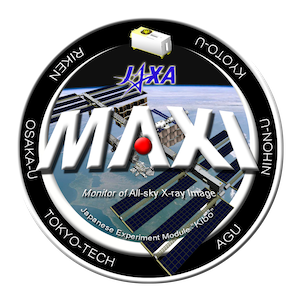Speaker
Description
The Chasing All Transients Constellation Hunters (CATCH) space mission, proposed in 2019, is an AI-controlled astronomical constellation dedicated to monitoring X-ray emissions from tran-sients across the entire sky. The mission aims to enhance our understanding of the extreme uni-verse through X-ray imaging, spectral, timing, and polarization measurements. Plans are also in place to introduce microsatellites in various wavelengths, including optical, ultraviolet, infrared, and gamma-ray, to provide a comprehensive view of dynamic events in the universe. The initial pathfinder, CATCH-1, launched in June 2024 alongside SVOM, is designed to validate X-ray timing technologies with Micro Pore Optics (MPO) and a 4-pixel Silicon Drift Detector (SDD) array. Future plans include developing several pathfinders, such as CATCH-3, equipped with MPO and CMOS for simultaneous multi-wavelength observations in collaboration with ground-based optical telescopes like WFST (“Mozi”) and Mephisto. Furthermore, recognizing the significance of X-ray polarization, CATCH has designed a polarization pathfinder with lightweight Wolter-I focusing mirrors and Gas Micro Plate Detector (GMPD) system to con-duct rapid, high-sensitivity polarization measurements in the 2-10 keV energy range with a re-sponse time of 5-10 minutes. This pathfinder will also collaborate with missions like EP and SVOM to enhance its observational capabilities for transients in polarization.

